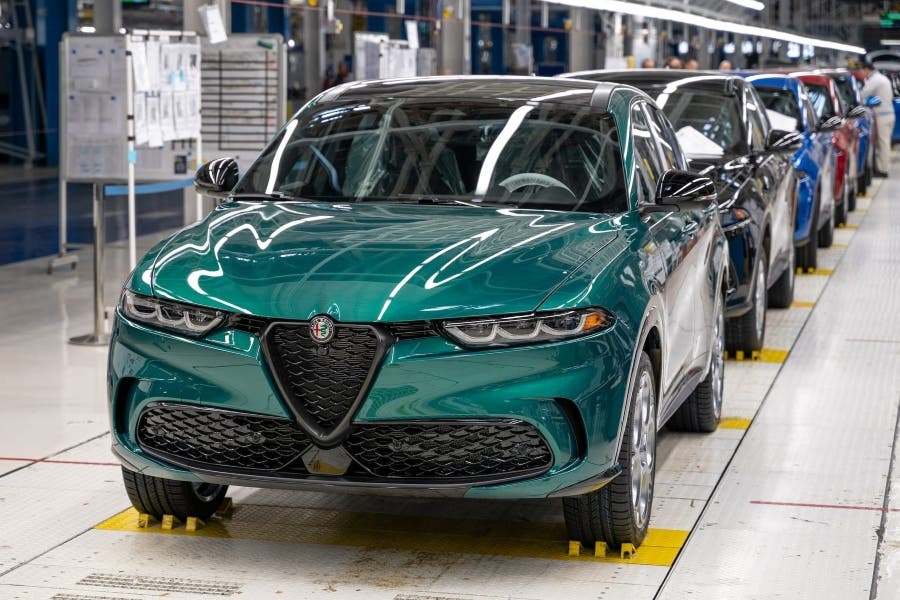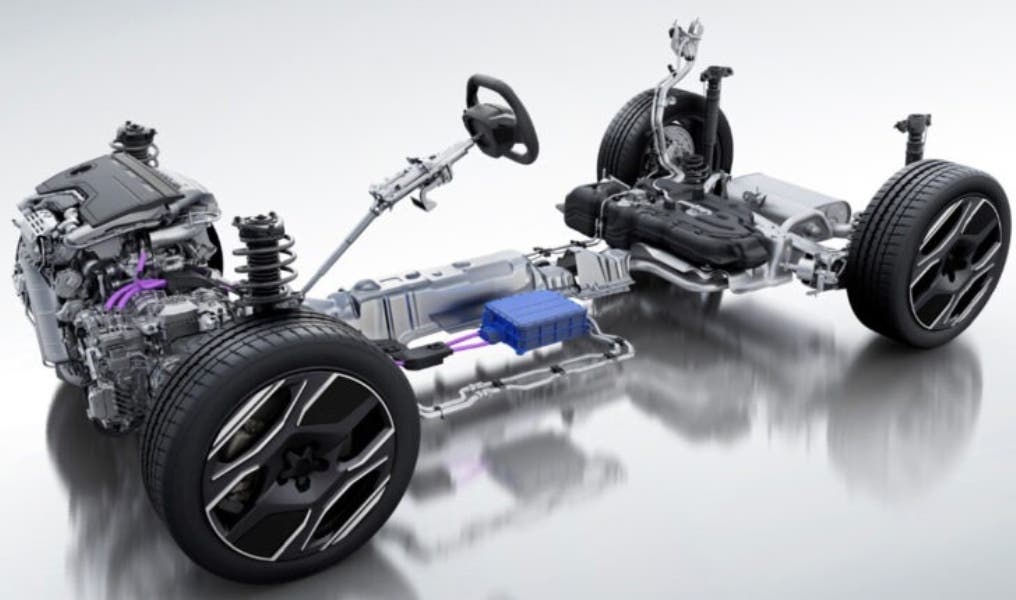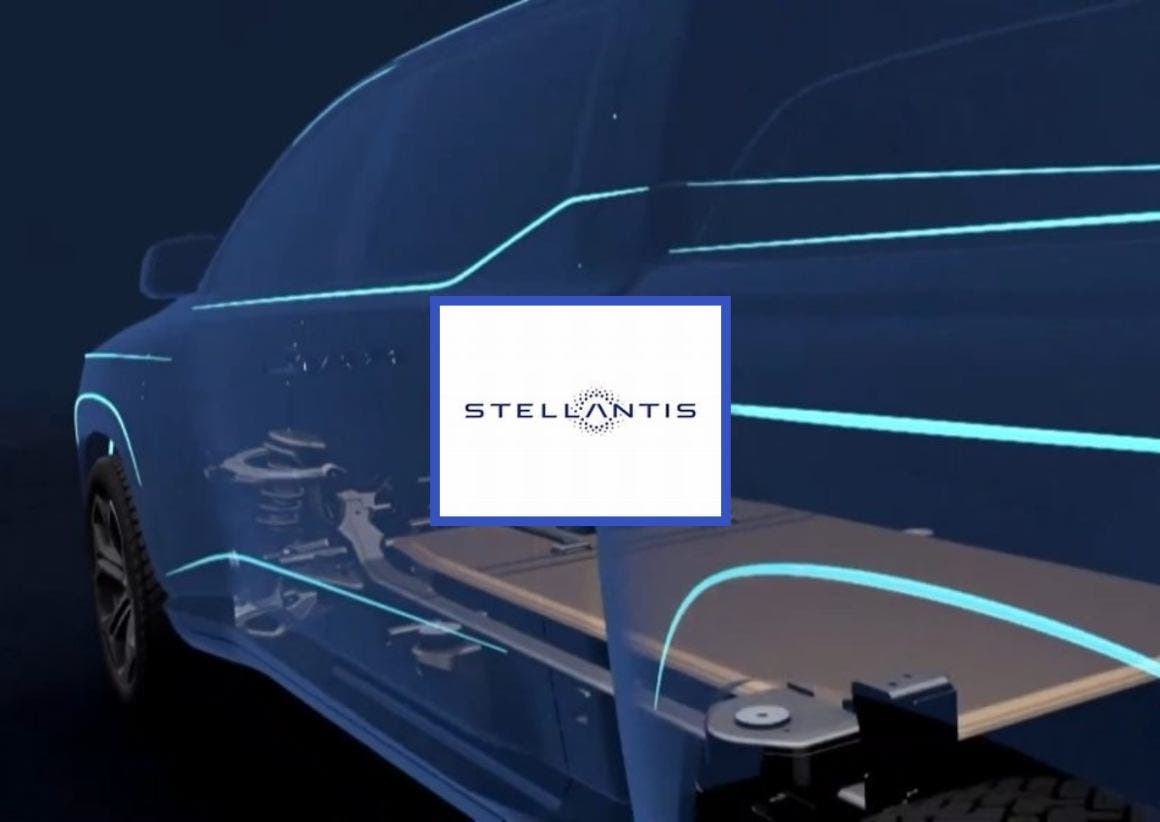Within the next two years, Stellantis’ hybrid range will be enriched by six new models, joining the 30 already available this year. Here are which ones are confirmed
By 2026, Stellantis said it will reach the quota of 36 hybrid models in its range, affirming in this its strong market position. This business strategy is certainly another major step toward electrification, keeping in strong line with the group’s “Dare Forward 2030” strategy. It envisages a huge investment of more than 50 billion euros over the next ten years for the benefit of sustainable mobility.

The broadening of the hybrid range of Stellantis will be able to cover a wide variety of segments, starting from the most compact models to spacious SUVs, to meet the diverse needs of every motorist. Among the names already confirmed are certainly those of Alfa Romeo Tonale and Junior, Citroën C3 and C5 AirCross, Fiat Panda and 600, Jeep Avenger, Renegade and Compass, Lancia Ypsilon, Maserati Grecale, Opel Astra and Corsa, and Peugeot 208, 308 and 508. There is also great anticipation regarding new hybrid offerings from Fiat, such as the Grande Panda, Multipla and 500, based on the electric model of the same name.

Stellantis’ eDCT Hybrid System
At the heart of Stellantis’ hybrid system is the eDCT technology, which is produced by the work being done by the eTrasmissions joint venture in Turin, Italy, and Metz, France. This system consists of a 21 kW electric motor accompanied by a dual-clutch transmission. This type of intelligent configuration gives the possibility of driving in electric mode even for short stretches, such as starting or decelerating, helping to further reduce both fuel consumption and emissions. This kit assembles a 48V battery that is responsible for providing an electric range of about 1 km, just as the belt-driven starting system allows for a very smooth transition from electric to hybrid mode.

Implementation of eDCT hybrid technology consequently translates into very concrete benefits for the environment but also in terms of motorists’ expenses. In fact, Stellantis has already recorded a substantial 20 percent drop in CO2 emissions on hybrid models in comparison with gasoline versions, demonstrating a commitment with concrete facts in the fight against climate change. In addition, low fuel consumption translates into substantial savings for customers who decide to rely on this system, making this kind of mobility much more accessible to a wider audience.

